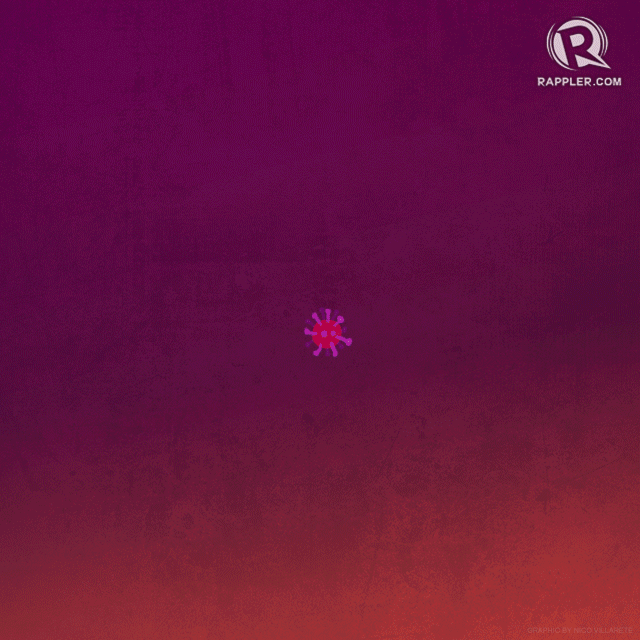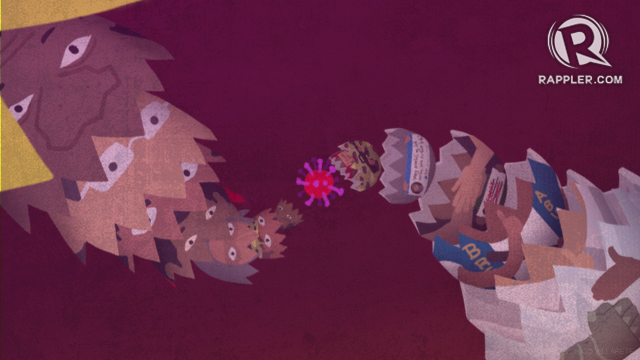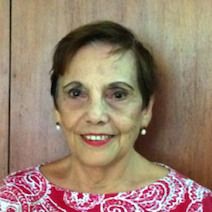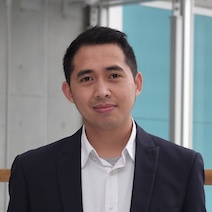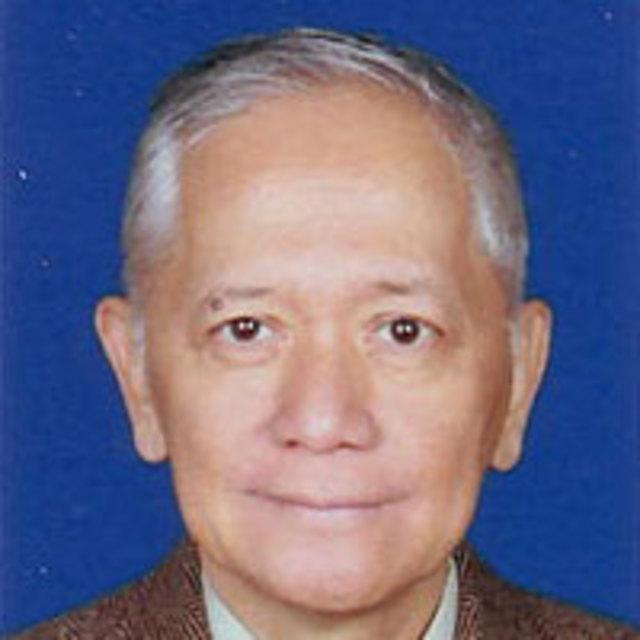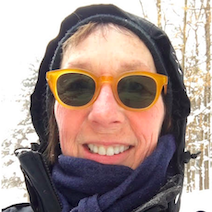![]()
![]() A new virus that has no definite cure to date, COVID-19 is a mystery and presently under study. Scientific research in medicine or biology is mobilized by different countries. Health, medicine, and natural science practitioners play crucial roles as governments are in a limbo figuring out how to cure, flatten the curve, and end this pandemic that hit us all in 2020.
A new virus that has no definite cure to date, COVID-19 is a mystery and presently under study. Scientific research in medicine or biology is mobilized by different countries. Health, medicine, and natural science practitioners play crucial roles as governments are in a limbo figuring out how to cure, flatten the curve, and end this pandemic that hit us all in 2020.
In the face of this global crisis, what is the role of divine knowledge? Specifically, what guidance and lessons can we learn from the Islamic faith in responding to this pandemic affecting all humanity?
As a Muslim, I would like to turn to understanding this pandemic in the light of Islamic faith and in a non-secular view. This is not merely as an alternative source of knowledge, but central to Islamic faith is the belief that Islam is a complete way of life and that Allah Almighty’s knowledge is all-encompassing as our Creator, Sustainer, and Protector.
Divine knowledge is relevant not only in the ancient and medieval times, but it is perfect and important in the present times, in all places, and for all nations.
However, while Islam teaches the importance of trust and faith in God in the form of tawakkul, this value doesn’t mean recklessness and not doing diligent precautions and steps to prevent or avoid illness or misfortunes. The discussion about Islamic teachings or acts during the pandemic are divided in sub-topics below and includes inspirational messages from Muslim healthcare practitioners.
Prevention is better than cure
Lockdown or community quarantine is ordained in Islam.
Quarantine has been ordained in Islam. Our predecessors in history showed that it is a crucial prevention, if not the overall solution, for a pandemic that crosses international boundaries. Islamic studies cite that Prophet Muhammad advised quarantine during the medieval times. "Those with contagious diseases should be kept away from those who are healthy."
In early Islamic history in Damascus, it was mandatory to quarantine in hospital special groups of patients including those with leprosy. According to historical study, the first documented involuntary community quarantine was established by the Ottoman in 1838. Meanwhile, there were also voluntary community quarantines in those period.
It may not be usually known in this current generation, but prominent Muslim scientists and philosophers had great contributions in the field of medicine. Abu `Ali al-Husayn ibn `Abd Allah Ibn Sina (980-1037) is regarded as a father of early modern medicine. In the study of Dr. Muhammad Obaidullah in 2007, he cited that Ibn Sina particularly discovered the contagious nature of infectious diseases and the introduction of quarantine to limit the spread of contagious diseases. And this early use of quarantine had been reflected in “The Canon of Medicine” which was a standard medical text in Europe and the Islamic world up until the 19th century. The Canon of Medicine was an encyclopedia of medicine in five books which were compiled by Persian Muslim physician-philospher Ibn Sina.
Islamic congregations are suspended.
Mosques in Metro Manila had closed, including the Golden Mosque in Quiapo, Manila. This is in line with the enhanced community quarantine as well as with religious reasons of prevention through quarantine.
In Religious Guideline No. 007 issued by the Darul-Ifta of the Bangsamoro Autonomous Region in Muslim Mindanao (BARMM) on April 7, the body of Islamic scholars in the region ruled for the temporary suspension of the congregational Jum’ah (Friday) prayers all over the BARMM for an indefinite time in order to not compromise the safety of the people.
Similarly, Islamic scholars in Saudi Arabia, Qatar, and Egypt who are more “conversant” with the Quran and Sunnah (Islamic customs and practices) also earlier ordered the temporary stoppage of congregations in this times of pandemic.
True enough, some areas in other countries like Malaysia, Indonesia, and India which were not able to prevent earlier the congregations of hundreds of Muslim locals or foreigners, had caused problems on the increase of transmission of the virus.
In the Philippines, the BARMM area is specifically tracing Filipinos who recently attended religious congregations abroad since they are considered as persons under investigation or monitoring (PUIs or PUMs). There has been a number of Muslims who are death victims of the COVID-19.
Self-quarantine as religious obedience
Indeed, Muslims may gain inspiration from Hadiths (record of the traditions or sayings of the Prophet Muhammad about staying at home as a form of obedience to quarantine as an Islamic guideline during a pandemic.
Narrated `Aisha:
"The wife of Prophet Muhammad) I asked Allah's Messenger about the plague. He told me that it was a Punishment sent by Allah on whom he wished, and Allah made it a source of mercy for the believers, for if one in the time of an epidemic plague stays in his country patiently hoping for Allah's Reward and believing that nothing will befall him except what Allah has written for him, he will get the reward of a martyr."
Narrated Saud:
"The Prophet Muhammad said, "If you hear of an outbreak of plague in a land, do not enter it; but if the plague breaks out in a place while you are in it, do not leave that place."
Meanwhile, it is puzzling how the virus chooses its victims. A formidable invisible creation, the virus may be entering anyone at anytime. But Muslims believe that Allah does no injustice to anyone and to Him is our refuge and our return.
Viewing pandemic in a non-secular lens, the Holy Quran has made reference to Divine intention to bring the faithful to perfection through adversities and that “No calamity befalls but by Allah’s permission.” Allah says in the Quran that “And We shall certainly try you with something of fear and hunger and loss of property and lives and fruits; and give good news to the patient, who when a misfortune befalls them, say: ‘Surely we are Allah’s and to Him we shall return.’ Those are they on whom are blessings and mercy from their Lord and those are the followers of the right course.”
Indeed, Muslims are taught never to despair of the mercy of God.
Renowned Muslim scholar Mufti Ismael Menk has also said that, “Whenever you are alone, remember Allah has sent the whole world away, so it’s only you and Him.” The Quran is filled with stories of the prophets regarding gaining stronger faith and link with God during isolation.
It was in the isolation in the belly of the whale that Yunus (Jonah) was forgiven by God. And it was in the isolation in a cave that Prophet Muhammad s.a.w. was given prophethood.
Funeral for Muslims during COVID-19 pandemic
As Muslims strive to practice Islam and treat others with Islamic ethics from cradle to grave, it is also important that Muslims who succumbed to death due to COVID-19 are able to be buried and have a funeral in the Islamic way, yet considerate of public health in the current context.
In Religious Guideline No. 006 issued by the Darul-Ifta of the Bangsamoro Autonomous Region in Muslim Mindanao (BARMM) on March 26, the body of Islamic scholars in the country had a ruling about funerals for Muslims who died of COVID-19. It says that “Considering that COVID-19 is a highly contaminant and contagious virus, if washing the (deceased) is very risky, then tayammum can do.” Tayammum is the Islamic act of dry religious ritual purification using clean sand in substitute to water. Hence, it substitutes the standard requirement of washing the cadaver with water.
However, due to the risk posed by touching a cadaver, protective facilities must be used for the funeral from deathbed to burial. The Darul-Ifta said that there should be a separate burial site for the said victims and the funeral process, from deathbed to burial, should not take more than 12 hours.
It must be noted that cremation is forbidden in Islam, which is the reason that the Muslim from Lanao del Sur who died due to COVID-19, also known as Patient No. 40 as identified by DOH, was not cremated. And for further prevention of virus transmission, Patient 40’s family reportedly agreed to no longer conduct the traditional gathering of relatives and friends for the funeral.
The National Commission on Muslim Filipinos (NCMF) offers burial assistance and relief operations for Muslim population in the Philippines.
Treatment
As narrated by Abu Huraira in Volume 7, Book 71, Nnumber 582: The Prophet said, “There is no disease that Allah has created, except that He also has created its treatment.”
It is also taught in Islam that one must do his best and leaves to Allah the rest, meaning the result of his diligent efforts. In this case, the cure for COVID-19 is a developing case and it is not intended that humanity merely sit down and wait for a miracle of a cure from the sky.
However, all those who are endowed with expertise in medical and biological science and related scientific fields ought to be motivated by the fact that cure is there to be discovered to cure humanity.
Serving on the front line is a form of Jihad
While the concept of Jihad may have been commonly associated to holy war where Muslims take up weapons for a defensive war, Jihad means “to struggle in the way of Allah.”
The greater Jihad – which is about fighting one’s own worldly desires for a noble cause or in obedience to Allah – could also mean sacrifices a Muslim make in service to others or for humanity for the pleasure of Allah. It means saving or preserving human lives.
In the Quran, Allah swt praises believers who sacrifices their energy, wealth, and time in order to obtain Allah’s favor in this world and in the hereafter.
“And there are those who sacrifice themselves for seeking the pleasure of God alone, and Allah swt is very merciful to his servants.” As explained by Ustaz Dr. Muhamad Zuhaili, frontline personnel like doctors, nurses, and medical staff are performing an act of jihad by saving lives.
Muslim medical practitioners: Jihad in public service
Here are some experiences and real stories of Muslim health or medical practitioners who are serving in the frontline during the COVID-19 outbreak whether in Metro Manila, in provinces, or abroad.
They have common experiences of hardships in being frontliners in hospitals and clinics; difficulties in having supply of proper personal protective equipment (PPEs); and physical and emotional stress of handling patients. Notwithstanding, they shared what gives them strength and motivation amid this difficult and risky times, and what Islamic lessons serve as their guidance in fulfilling their profession.
Dr. Madz Vincent Herrera Ibrahim
A newly-sworn physician, Vincent Herrera Ibrahim works under the ENT-HNS department in a government hospital in Mandaluyong City. He is also a member of the Young Moro Professionals Network (YMPN). He shared that he never expected to serve on duty during pandemic early in his career. Nevertheless, he believes that: "Allah tells us that, 'If anyone saved a life it would be as if he saved the life of the whole humanity.' As physicians, we are given a special opportunity by Allah swt to serve Him by serving humanity. We definitely fear for our safety, but every day at work, we feel a sense of fulfillment seeing our patients somehow alleviated from their sickness and knowing that somehow, we may have saved a life."
Dr. Jasmin Diorka Suleik
A new physician, Jasmin Diorka Suleik reports in a hospital and in a clinic in Metro Manila. She is also a member of YMPN. She shared that she is honestly scared of contracting the virus and even bring it home to loved ones. Nevertheless, she conveyed what inspires her amid this pandemic:
"As shared by some in facebook, Muslim practices are now more being observed across the globe.. Always washing hands (ablution), staying away from bars, wearing PPEs that covers the awrat (and may pass as a prayer garment), spending time with family, giving to the poor, and ordering no interests on debts, more time to pray and so on. The world is now somehow practicing the Islamic way of life.
Beyond all the fatigue and roller coaster of emotions - what stands out would be feeling BLESSED. Blessed to have the opportunity to serve. Blessed to be a doctor who will be Allah's instrument to heal His people. Blessed to spend Ramadan serving Allah, by applying what I have studied and spent most of my youthful years on. Blessed to be a frontliner in this situation - though sacrificial as some would say - but powerful enough to assist Allah in healing the world."
Dr. Fatimah Honeybee M. Camid-Ibrahim
A mother and doctor, Fatimah Honeybee M. Camid-Ibrahim reports at Buluan District Hospital, Maguindanao and at Sandig Medical Clinic and Hospital, Tacurong City. She shared:
"My conscience tells me that everyday frontliner needs help and I should not be selfish. COVID-19 is killing the world. It must be stopped. I have a group chat with fellow doctors where we all comfort each other. Everytime we finish a day, we feel grateful to go home. Masaya ka na makita your co-workers can smile at the end of the day and we look forward for tomorrow’s fight to an invisible enemy.
For me it’s the time we need to reflect that someone is above us. We become so modernized, we became so overwhelmed with what the world can offer and we set aside the practices we should be doing based in Islam. We maybe doctors who can diagnose or treat illnesses, but it is still Allah who can make the real cure for this. For me it is a wake-up call to look back and assess our faith to Him if we religiously practice our faith. We must go back and turn to Him."
Dr. Hannah A. Mamainte-Macarambon
A doctor in Cagayan de Oro City, Hannah A. Mamainte-Macarambon shared that she also worries for her health and her families’ health, nevertheless she continues to serve.
"It is our sworn duty to protect and help people. The medical profession is a choice we made and we assumed these situations are rather normal than unusual.
From an Islamic perspective, being able to save a single person is equivalent to saving humanity. It is an act sacrifice that God rewards infinitely. With how people are reacting to the situation, it is important for us to step up and give them courage and hope that together, we could help defeat the virus."
Ms. Jasmeen Alih, RN
A registered nurse OFW in her 20s, Jasmeen Alih shares her story being a nurse in the United Kingdom this time of COVID-19 pandemic. She is also a YMPN member. She works as a nurse in one of the intensive care units in England where the most critical COVID-19 patients are treated with advanced medical interventions.
The UK has a total of 65,077 confirmed cases with 7,978 deaths at the time of writing. She said that witnessing that statistic climb up first hand as a frontliner can be very depressing.
She shared: "As a Muslim, whenever a calamity strikes, we say, 'Inna lillahi wa inna ilayhi raji’un.' This is translated to, 'From Allah we came from, to Him we shall return.' This is the acknowledgment of our limited time here on earth. This is the course we all must take eventually and we must accept that our time in this world shall come to pass.
My colleague reminded me also that, “Our reward is from Allah, whether or not we are successful in saving their lives. In shaa Allah.” This was the meaning and purpose we devote ourselves into solely for Allah's sake. One verse from the Qur’an reminded us of how important our job as healthcare workers was:
'...وَمَنْأَحْيَاهَافَكَأَنَّمَاأَحْيَاالنَّاسَجَمِيعًا...'
'...And whoever saves a life - it is as if he had saved mankind entirely.'"
Fight shall continue
We go forth with sincerity to do it for the Almighty. We can't give in now especially when Allah has promised that with hardship, comes ease. Our fight shall continue. We are hopeful and we are strong.
Indeed, Muslims are taught to remain faithful even when they meet adversity or death while fulfilling their duties for they seek to please God.
During this quarantine, may we all meaningfully make use of our time, knowledge, and efforts; may we remain strong physically, spiritually, and mentally. Let us include in our prayers the frontliners and those who are fighting to survive. Charity and good deeds can be possibly done while alone or together with loved ones in the comforts of our homes.
Truly, the doing of good and pleasing God, serving others whether a Muslim or non-Muslim or otherwise doing evil is a matter entirely of each human’s own choice. We are in need of moral uprightness of leaders and good judgment in these trying times.
We are truly in need of whatever good God sends and may He deliver us humanity from this distress and regain normalcy with gratitude and renewal. – Rappler.com
Tasneem C. AbdulRauf is the peace convenor of the Young Moro Professionals Network (YMPN), co-founder of Khadijah Center for Muslim Women Studies, and alumna of Chevening Scholarship 2015-2016. The story is co-researched with Ameroden D. Lao, Al-Hafiz.
![]()

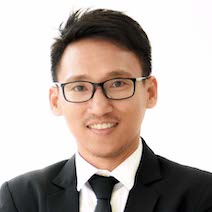

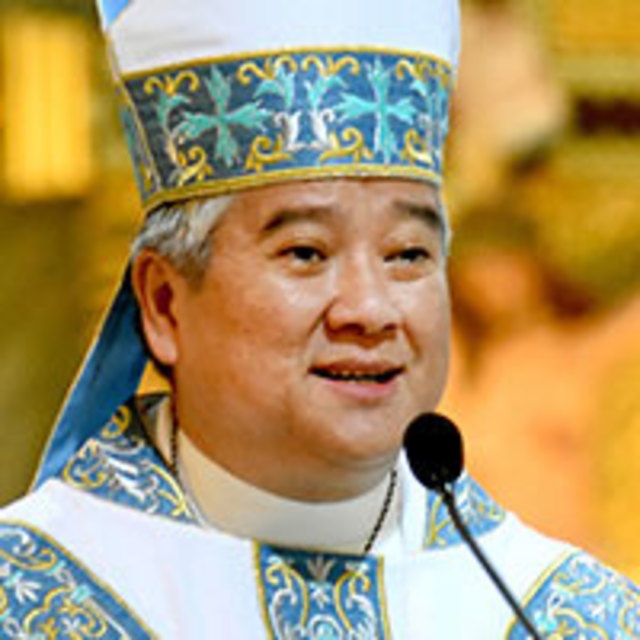

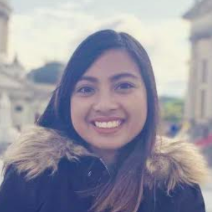

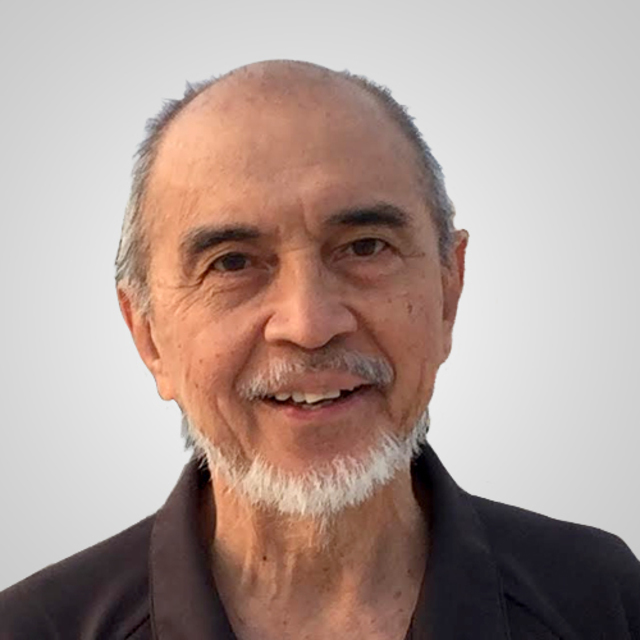

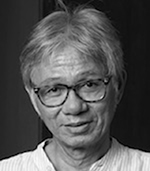

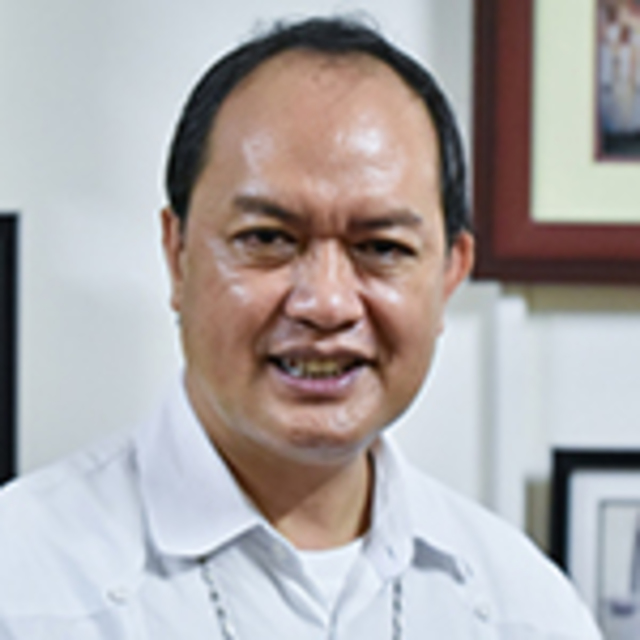

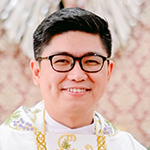

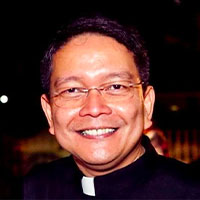
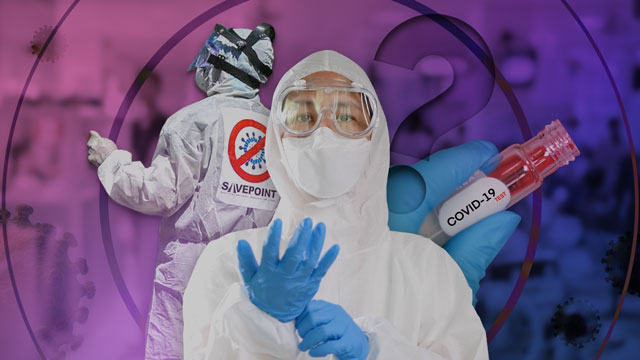
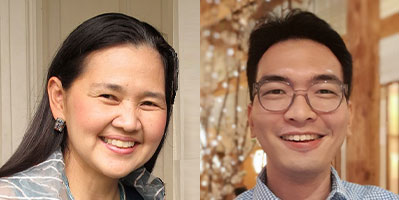
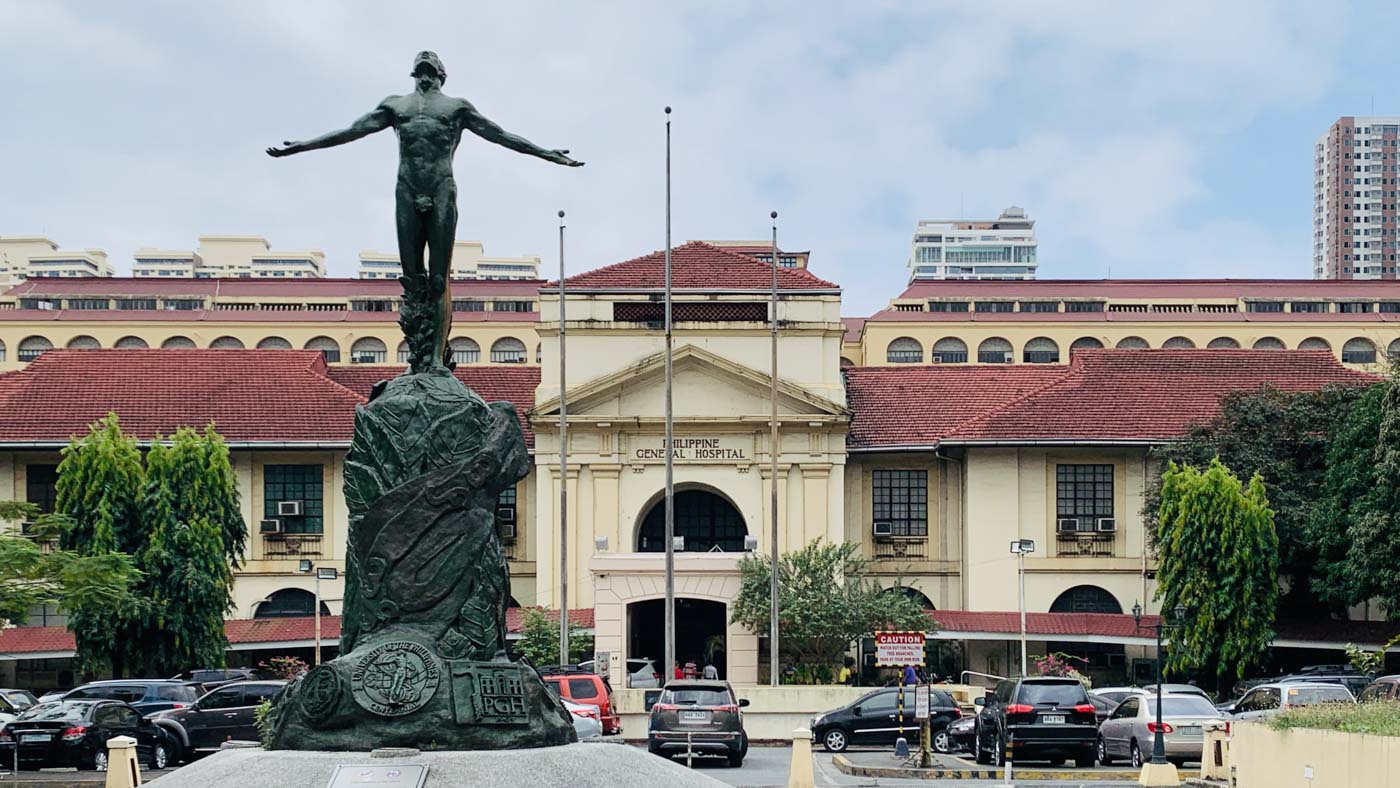
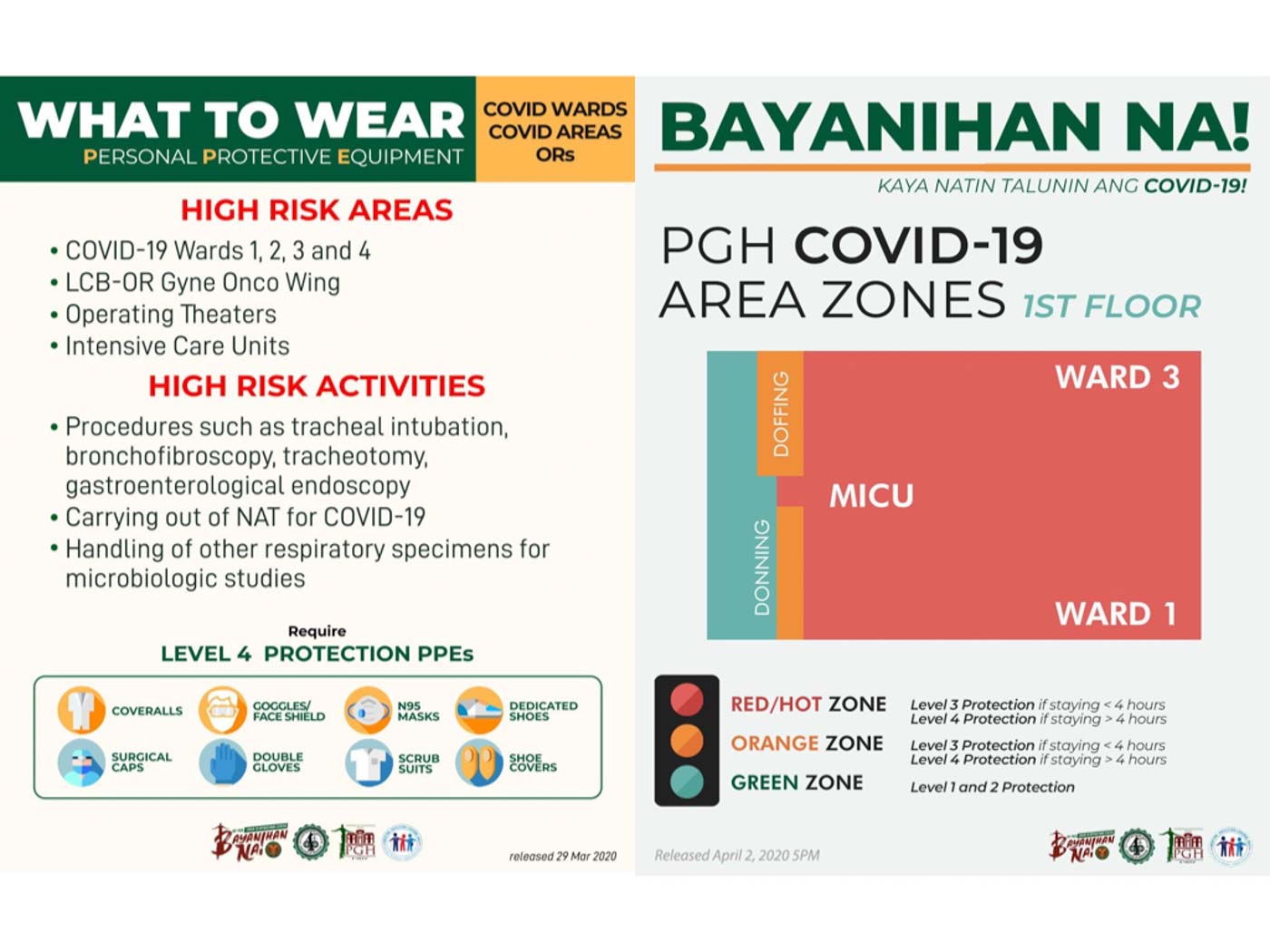
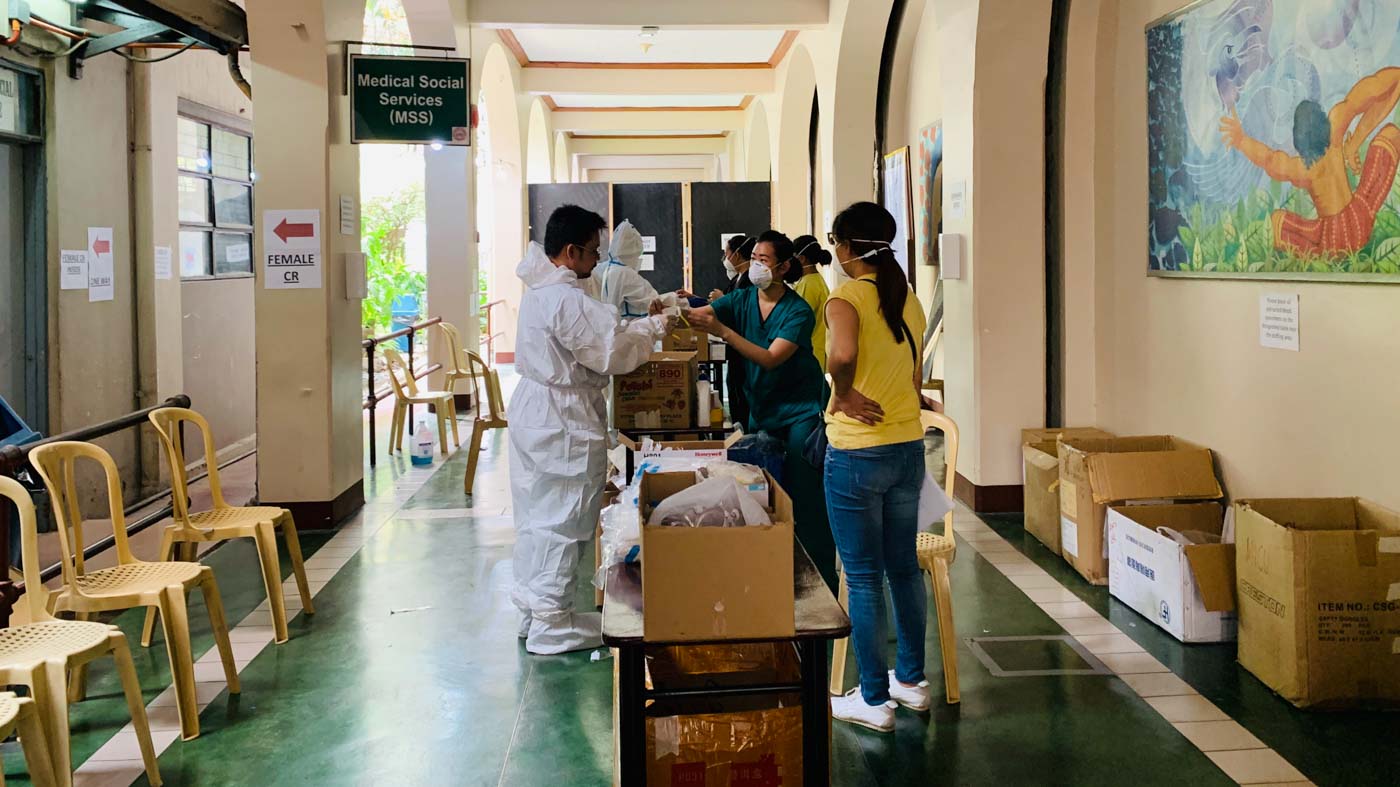
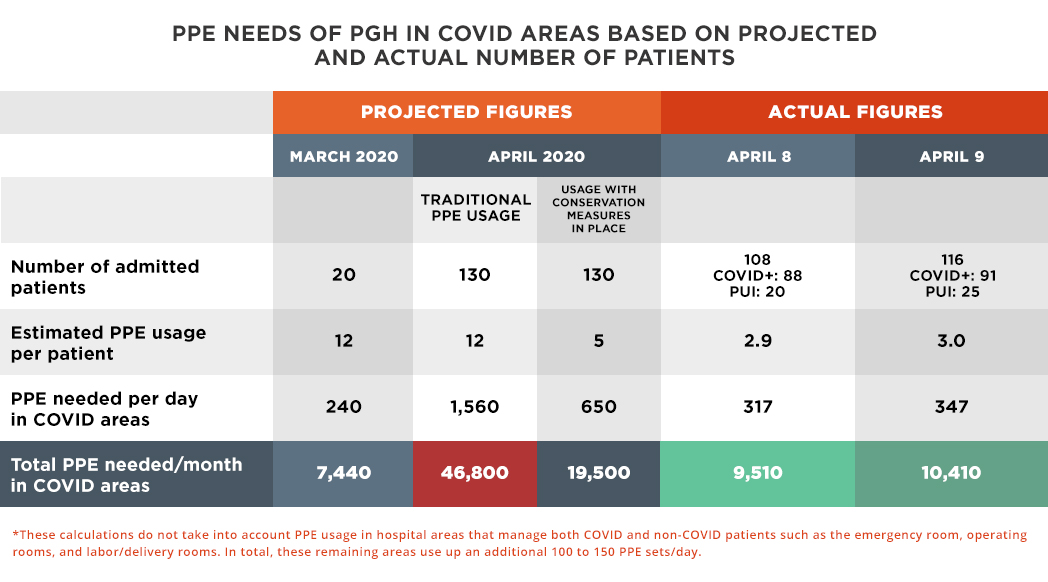


 A new virus that has no definite cure to date, COVID-19 is a mystery and presently under study. Scientific research in medicine or biology is mobilized by different countries. Health, medicine, and natural science practitioners play crucial roles as governments are in a limbo figuring out how to cure, flatten the curve, and end this pandemic that hit us all in 2020.
A new virus that has no definite cure to date, COVID-19 is a mystery and presently under study. Scientific research in medicine or biology is mobilized by different countries. Health, medicine, and natural science practitioners play crucial roles as governments are in a limbo figuring out how to cure, flatten the curve, and end this pandemic that hit us all in 2020.